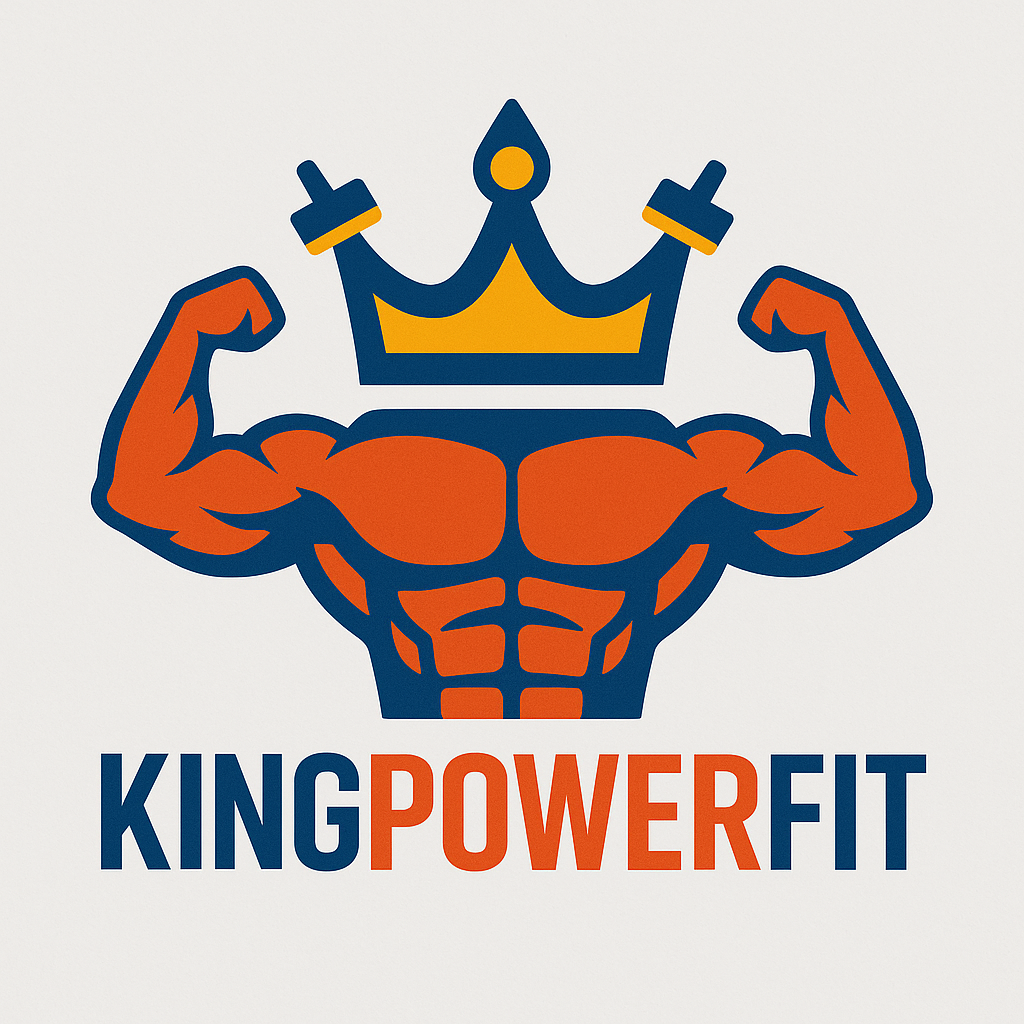Simple Full Body Dumbbell Circuit You Can Do at Home – No Gym Needed!

Staying fit at home doesn’t have to be complicated, and it definitely doesn’t require a full rack of equipment. With one pair of dumbbells, you can build strength, boost your metabolism, and tone your entire body in under 30 minutes. Whether you’re short on time, avoiding the gym crowds, or just want a straight forward routine—you’ll love this full-body dumbbell circuit.
This guide breaks down each movement step by step and explains why they matter, so you can feel confident and informed as you train.
Why Dumbbell Circuits Work So Well
Dumbbell circuits combine strength training and cardiovascular conditioning, giving you the best of both worlds. Here’s why they’re so effective:
- Time-efficient: You move from one exercise to the next with minimal rest, keeping your heart rate up.
- Builds total-body strength: Dumbbells challenge both large and stabilizing muscles.
- Boosts metabolism: Strength training increases calorie burn during and after your workout.
- Beginner-friendly: You can easily work
- Minimal space + maximum results: Perfect for home or small spaces.
Your Full Body Dumbbell Circuit
How to Do This Workout
- Perform each exercise for 40 seconds.
- Rest for 20 seconds between movements.
- Complete 3–4 rounds of the entire circuit.
- Rest 1–2 minutes between rounds.
If you’re a beginner, start with 30 seconds on / 30 seconds off and build up.
Step 1: Warm-Up (3 Minutes)
Warming up prepares your muscles, improves mobility, and reduces injury risk. Spend 30 seconds each on:
- Marching or jogging in place
- Arm circles
- Hip openers
- Bodyweight squats
Your muscles on your body should feel loosen & eased up, ready to perform a full body workout.
THE CIRCUIT: 7 MOVES THAT HIT EVERY MUSCLE GROUP
1. Dumbbell Squat Press (Thruster)
Targets: Legs, glutes, shoulders, core
Why it’s great: This move combines lower body and upper body in one explosive motion. It’s efficient, powerful, and amazing for building real-life strength.
How to do it:
- Hold dumbbells at shoulder height.
- Lower into a squat, keeping your chest lifted.
- Press the dumbbells overhead as you stand.
- Lower weights back to shoulders and repeat.
Form tip: keep stance at shoulder width apart. Drive through your heels & keep your knees point outwards, never bent in.
2. Bent-Over Dumbbell Row
Targets: Back, shoulders, biceps
Why it matters: Many people sit all day—rows help correct posture, strengthen your upper back, and protect your shoulders.
How to do it:
- Hinge your hips back with a flat spine.
- Let the dumbbells hang straight down.
- Pull the weights toward your ribs, squeezing your shoulder blades.
- Lower slowly with control.
Form tip: Keep your neck neutral & aligned with your back. (Don’t look up)
3. Dumbbell Reverse Lunges
Targets: Legs, glutes, balance muscles
Why it matters: Reverse lunges are easier on the knees than forward lunges and target your glutes more. They also build balance and unilateral (single-leg) strength.
How to do it:
- Stand tall with dumbbells at your sides.
- Step one foot back into a lunge.
- Push through your front heel to stand.
- Switch legs.
Form tip: Stay tall—don’t let the dumbbells pull your shoulders forward.
4. Dumbbell Floor Chest Press
Targets: Chest, shoulders, triceps
Why it matters: You don’t need a bench to build a strong chest. Pressing from the floor naturally limits depth, protecting your shoulders.
How to do it:
- Lie on your back with knees bent.
- Hold dumbbells above your chest, elbows bent.
- Press the weights up until your arms are slightly straight.
- Lower your arms until your elbows lightly touch the floor.
Form tip: Keep wrists stacked above forearm. Shoulder blades squeeze. Keep core tight & chest up.
5. Dumbbell Deadlifts
Targets: Hamstrings, glutes, lower back
Why it matters: This is one of the best compound movement for improving posture, strengthening your back, and engages the full body.
How to do it:
- Hold dumbbells in front of thighs.
- Push hips back and lower until you feel a stretch in your hamstrings.
- Keep back flat—not rounded.
- Drive hips forward to stand tall.
Form tip: Think “chest up, hips back.”
6. Dumbbell Russian Twists
Targets: Core, obliques
Why it matters: This move improves rotational strength, which helps with everyday movement.
How to do it:
- Sit with knees bent, lean back slightly.
- Hold a dumbbell with both hands.
- Twist your torso to the right, then left.
Modification: Keep feet on the floor for more stability.
7. Dumbbell Farmer’s Hold
Targets: Grip, core, shoulders, posture
Why it matters: This “simple” move builds real functional strength. It trains your core and improves endurance without needing to bend or lift repeatedly.
How to do it:
- Stand tall with dumbbells at your sides.
- Brace your core as if someone’s about to tap your stomach.
- Hold for the full duration.
Form tip: Don’t let the weights pull your shoulders down.
Cool Down (3 Minutes)
A good cool-down helps reduce soreness and promotes recovery. Spend 20–30 seconds each on:
- Chest stretch
- Quad stretch
- Hamstring stretch
- Shoulder stretch
- Deep belly breathing
Your heart rate should gradually return to normal.
Extra Tips for Best Results
Choose the Right Weight
Pick dumbbells that feel challenging by the last 5–10 seconds of each exercise, but not so heavy that your form breaks.
Progress Slowly
You can increase difficulty by:
- Adding more rounds
- Increasing work time to 45–50 seconds
- Using heavier dumbbells
- Moving with more control
Stay Consistent
Aim for this workout 3x per week for strength and fat-burning benefits.
Final Thoughts
This full-body dumbbell circuit is designed to fit into busy schedules while still delivering big results. It’s simple, effective, and adjustable—perfect for beginners and seasoned lifters alike. Stick with it, and you’ll notice improvements in strength, energy, posture, and overall confidence.
